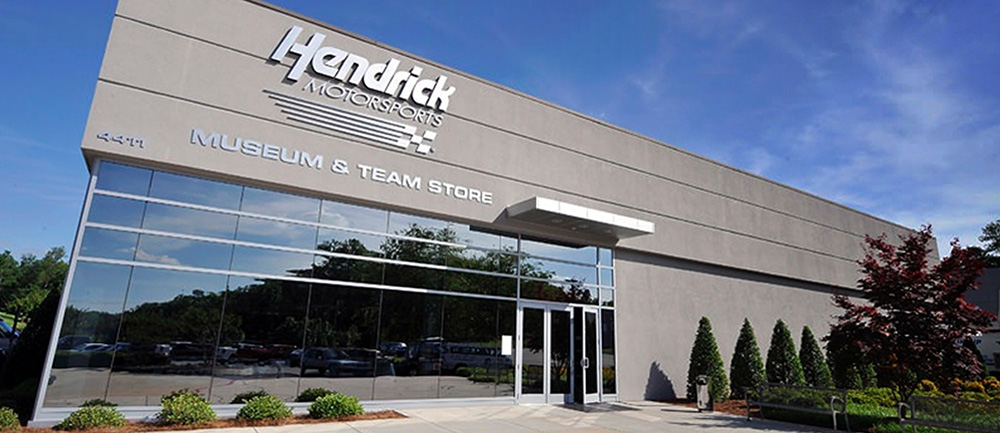
CONCORD, N.C. – One week ago today, NASCAR announced that a new rules package would take effect at five different tracks.
The first change came at Kentucky Speedway last weekend, with Indianapolis Motor Speedway, Michigan International Speedway, Darlington Raceway and Richmond International Raceway up next.
Today, another tweak came to light – qualifying at Indianapolis and Michigan will take on the same format as the superspeedways of Talladega and Daytona.
At Indianapolis and Michigan, NASCAR will implement a high-drag package. It will include a taller, 9-inch spoiler, a 1-inch wickerbill, a 2-inch splitter leading edge and a 43-inch radiator pan. The tires at both of those events will remain the same.
The superspeedway qualifying format helps align with that rules package.
With that format in effect at Talladega in May, Jeff Gordon took home the pole, with Kasey Kahne on the outside pole and all four Hendrick Motorsports teammates starting in the top five.
Below is a quick refresher on the superspeedway qualifying format.
There will be two rounds of qualifying, with the drivers posting the top-12 lap speeds advancing to the second round. Each driver will have one timed lap in each round of qualifying. NASCAR will also set a predetermined timed interval for each race vehicle to enter the track.
The qualifying order for the first round will be chosen by a random draw and the drivers in final round will qualify in order by slowest to fastest speeds from the first round. Between the two rounds there will be a 10-minute break.
After the first qualifying round is completed, positions 13 and beyond will be set according to the lap times the drivers posted. The drivers who posted the 12 fastest lap times of the first round will have their speeds reset for the final round and their starting positions will be set according to the times they post in the final round. After each qualifying lap, NASCAR will hold the race vehicles, but teams advancing to the final round will be able to adjust tape and use a cool-down unit during the 10-minute break.
When it comes to race time at Indy, Steve O'Donnell -- NASCAR's executive vice president and chief racing development officer – believes the new rules package will be on display most prominently when it comes to speed and passing.
“You'll see some significant mile-per-hour differences,” O’Donnell said. “That'll change depending on single car and the draft, but I think we're looking at over 200 before and kind of the 191 range that we'd be looking at now.”
“The belief is that the second-place car, if they're lined up maybe two, three, four, five, could have a five-mile-an-hour difference between the leader,” he continued. “ As an example, if you came out of Turn 2 and you had a four-car-length lead, it's the belief that second and third, if they hooked up, could head into Turn 3 up on the bumper of the leader and potentially have kind of that – more that slingshot that you used to see and the ability to pass.
“A lot of that we've got to see in the real world once we're out there at Indy, but that's the effect we believe it'll have.”







